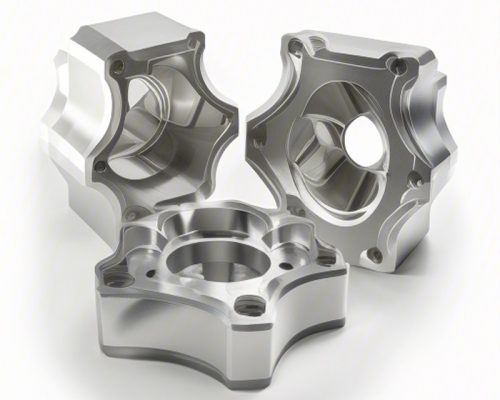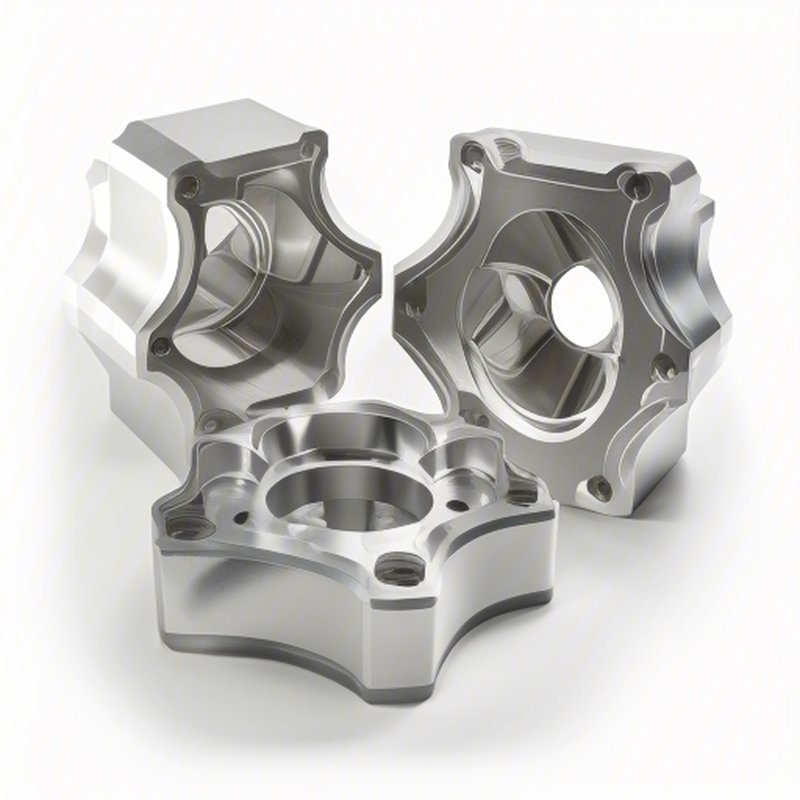In the evolving landscape of manufacturing, the choice of materials plays a pivotal role in determining the success of projects. 6061 aluminum CNC machining is gaining popularity due to its unique properties and versatile applications. In this article, we are exploring the key advantages of using 6061 aluminum in CNC machining, emphasizing its importance in today’s dynamic manufacturing sector.
Understanding 6061 Aluminum
6061 aluminum is an alloy that is widely recognized for its excellent mechanical properties. It contains magnesium and silicon as its primary alloying elements, giving it high strength, good corrosion resistance, and exceptional weldability. Manufacturers are currently choosing 6061 aluminum for a variety of applications, ranging from automotive parts to aerospace components.
Composition and Characteristics
The composition of 6061 aluminum affects its mechanical properties. 6061 aluminum typically contains about 0.8-1.2% magnesium and 0.4-0.8% silicon, with small additions of copper, zinc, and other elements. This balance provides a material that is not only strong but also lightweight, making it ideal for CNC machining.
Superior Machinability
One of the primary advantages of 6061 aluminum is its excellent machinability. This alloy is easily extruded and worked, enabling manufacturers to produce intricate designs with fine tolerances. During the CNC machining process, operators are experiencing less tool wear compared to other materials. This improves efficiency and reduces costs related to tool replacements and maintenance.
Precision Engineering
CNC machining with 6061 aluminum allows for precise engineering, with the ability to produce parts with tight tolerances of a few microns. Engineers are currently leveraging this precision to create components that fit seamlessly in various assemblies. The precision achieved not only improves functionality but also enhances the aesthetic appeal of the final product.
Lightweight Yet Strong
Weight savings are crucial in industries such as aerospace and automotive, where every gram counts towards efficiency. 6061 aluminum is lightweight yet strong, offering a high strength-to-weight ratio that competitors struggle to match. Manufacturers are now actively using this property to create structures and components that are robust without adding unnecessary weight.
Applications in Various Industries
Excellent Corrosion Resistance
6061 aluminum boasts excellent corrosion resistance, particularly in industrial environments. This resistance protects the alloy from degradation, ensuring longevity and reducing maintenance costs. In marine applications, for instance, manufacturers are currently finding that parts made from 6061 aluminum are holding up well against saltwater exposure.
Surface Treatments and Finishes
While 6061 aluminum is already corrosion-resistant, many manufacturers are enhancing its performance through various surface treatments. Anodizing or applying protective coatings further increases its durability, particularly in demanding environments. This versatility in finishes allows for customization based on specific customer requirements.
Cost-Effective Solution
When compared with other materials like stainless steel, 6061 aluminum is presenting a more cost-effective solution. Its affordability combined with low production costs in CNC machining is making it an attractive choice for manufacturers. By opting for 6061 aluminum, companies are currently saving on material costs while not compromising on quality.
Long-Term Cost Savings
Additionally, the longevity and reduced maintenance needs of 6061 aluminum are contributing to long-term cost savings. By investing in durable materials now, manufacturers can prevent costly replacements and repairs in the future.
Weldability and Fabrication Potential
The ability to weld 6061 aluminum alloys is another advantage that sets them apart from other metals. The good weldability allows for various fabrication processes, including welding, which is particularly beneficial for creating complex assemblies. This characteristic is making 6061 aluminum favorable in industries requiring robust and intricate assemblies.
Diverse Fabrication Techniques
The versatility of 6061 aluminum allows manufacturers to utilize various fabrication techniques, ensuring a customized approach to each project. Whether they are bending, forming, or welding, the flexibility offered by this alloy equips engineers to tackle unique design challenges effectively.
Sustainability Aspect
In today’s world, sustainability is becoming increasingly important, and 6061 aluminum is leading the way. Aluminum is highly recyclable, retaining its properties through multiple recycling processes. Manufacturers are currently focused on sustainable practices, knowing that using aluminum contributes to reducing their overall environmental impact.
Emphasizing Recycled Content
By utilizing recycled aluminum in their processes, manufacturers also lower the energy expenditure associated with production. This focus on sustainability is resonating with environmentally conscious consumers, allowing companies to build a more responsible brand image.
Increasing Trends in CNC Machining
As technology advances, the trends surrounding CNC machining are evolving. The integration of automation, advanced software, and improved machinery is enhancing the capabilities of 6061 aluminum CNC machining. Companies are investing in the latest technologies to improve production efficiency and accuracy.
The Rise of Smart Manufacturing
Smart manufacturing techniques are reducing the time and cost associated with machining 6061 aluminum. The ability to monitor processes in real-time allows for quicker adjustments and optimization, significantly boosting productivity.
Conclusion
In conclusion, the advantages of 6061 aluminum CNC machining are significantly impacting various industries by offering a combination of strength, lightweight properties, excellent machinability, and cost-effectiveness. As manufacturers continue to seek innovative solutions, the demand for 6061 aluminum is set to rise, reinforcing its place as a cornerstone material in modern manufacturing.
By understanding and utilizing the unique benefits of this alloy, companies can maintain a competitive edge in today’s fast-paced market. Embracing 6061 aluminum in your CNC machining projects could be the key to unlocking new potential and driving future success.
Stay tuned for more insights on machining and material selection, helping you navigate the ever-evolving manufacturing landscape!


